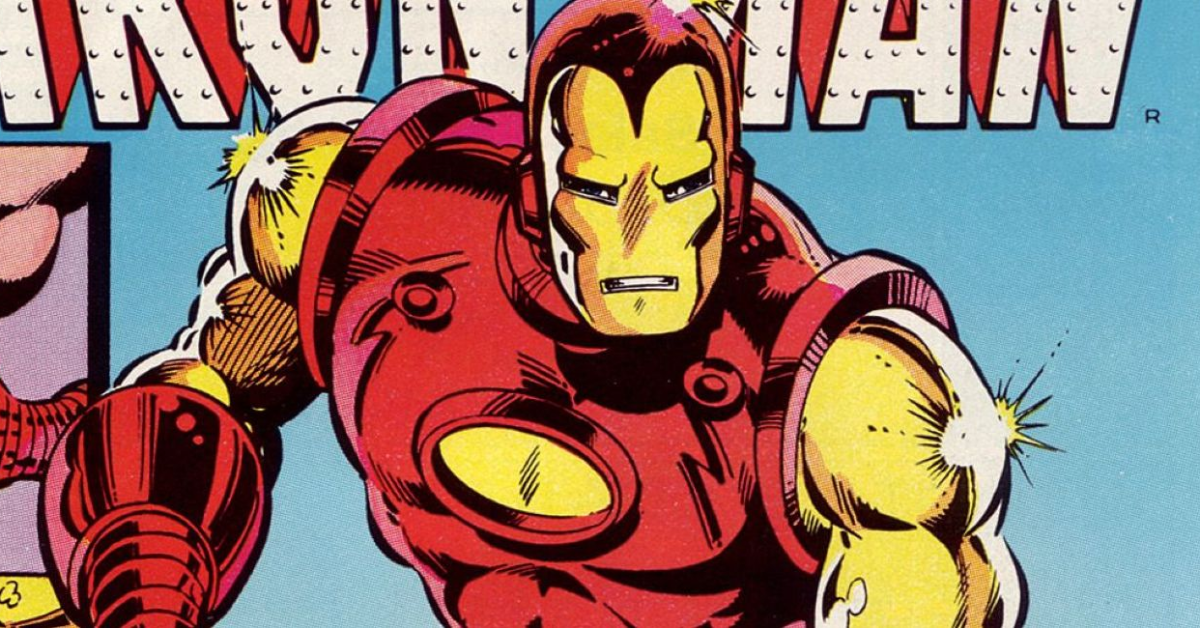Hero comics have turned into an indispensable piece of mainstream society, enrapturing the hearts and psyches of perusers for ages. These accounts of awesome legends and their fights against fiendish have engaged as well as formed how we might interpret chivalry, equity, and ethical quality. To genuinely see the value in the class, one should dive into its beginnings and comprehend how it has advanced over the long haul.
The Introduction of Superman and the Brilliant Age (1930s-1940s)
Superhuman comics burst onto the scene in the last part of the 1930s with the presentation of Superman in “Activity Comics #1” in 1938. Made by Jerry Siegel and Joe Shuster, Superman was the primary person to have godlike capacities and wear a beautiful ensemble. His moment ubiquity prepared for a whole new class. This time, known as the Brilliant Period of Comics, presented notorious characters like Batman, Marvel Lady, Chief America, and the Blaze.
The Post-War Blast and the Silver Age (1950s-1960s)
After The Second Great War, hero comics kept on prospering. Nonetheless, the 1950s saw a decrease in the class’ ubiquity because of the ascent of different kinds like frightfulness and wrongdoing comics. It was only after the last part of the 1950s and mid 1960s that superheroes encountered a resurgence, denoting the start of the Silver Age. Wonder Comics, under the inventive virtuoso of Stan Lee and craftsmen like Jack Kirby and Steve Ditko, presented another influx of legends, for example, Bug Man, the Incredible Four, and the X-Men. These characters were known for their interesting defects and human battles, separating them from their Brilliant Age partners.
The Bronze Age to the Cutting edge Time (1970s-Present)
The 1970s introduced the Bronze Period of comics, set apart by more perplexing narrating and an impression of certifiable issues. This period saw the Green Light/Green Bolt series tackle social and political topics, while characters like the Punisher investigated the obscured lines among legend and vigilante. The 1980s brought original works as miller Plain’s “The Dim Knight Returns” and Alan Moore’s “Guards,” pushing the limits of the medium.
The 1990s saw a blast in the comic book industry but on the other hand was portrayed by the blasting of the examiner bubble, prompting a decrease in deals. Nonetheless, characters like Bring forth and Link arose as famous wannabes. In the 21st hundred years, superhuman comics tracked down another life in the realistic universe, with Wonder’s progress in making a common film universe rousing another age of comic book perusers.
Variety and Advancement
One of the main changes in hero comics lately has been a push for variety and portrayal. Characters from various foundations, sexual orientations, and sexual directions have taken the spotlight, mirroring a more comprehensive and socially mindful society.
In addition, superhuman comics have advanced past the printed page. Computerized comics and webcomics have acquired prominence, contacting a worldwide crowd. Realistic books, an organization once thought to be outside the standard, have procured basic recognition and a devoted readership.
The Persevering through Allure
The getting through allure of superhuman comics lies in their capacity to recount ageless accounts of valor, penance, and the fight among great and malevolence. They give a stage to investigate complex moral situations and address cultural issues in a manner that is both engaging and provocative.
All in all, the historical backdrop of superhuman comics is an excursion through time, mirroring the evolving tastes, values, and yearnings of society. From the vivid legends of the Brilliant Age to the ethically intricate characters of the cutting edge time, superhuman comics have formed the comic book industry as well as made a permanent imprint on our social scene.

